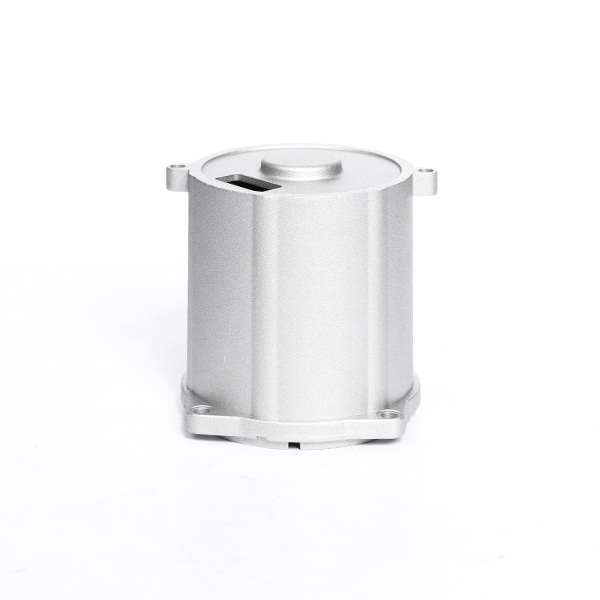Mobile:+86-311-808-126-83
Email:info@ydcastings.com
Design and Performance Analysis of Radial Blade Impellers for Enhanced Fluid Flow Efficiency
Understanding Radial Blade Impellers Design and Applications
Radial blade impellers are a critical component in various fluid transport and mixing applications. These specially designed impellers are used in pumps, compressors, and turbines, primarily to enhance efficiency and optimize fluid flow. Their design plays a pivotal role in determining the performance characteristics of the equipment they are part of.
Design Features
The radial blade impeller is characterized by blades that extend outward from a central hub in a radial manner. This design facilitates fluid movement primarily in a radial direction, which is crucial for applications requiring high pressure and flow rates. The blade angle, curvature, and number of blades are meticulously engineered to achieve specific performance criteria, such as flow rate, efficiency, and pressure rise.
Typically, the blades are angled backward, a feature that helps in minimizing flow separation and turbulence. This backward-blade design enhances the efficiency of the impeller by ensuring smooth fluid flow from the inlet to the outlet. The materials used for constructing these impellers are often lightweight yet durable, enabling them to withstand high rotational speeds and corrosive environments. Common materials include stainless steel, plastic composites, and aluminum alloys.
Applications
Radial blade impellers find wide-ranging applications across many industries. In the chemical processing industry, they are used in mixers and reactors to ensure efficient mixing of chemicals. The ability to create a uniform flow pattern helps in achieving consistent product quality and enhances the overall reaction process.
radial blade impeller

In the water and wastewater treatment sectors, radial blade impellers are employed in pumps designed to move large volumes of liquid. Their capability to generate high pressure enables them to transport fluids over considerable distances, making them ideal for municipal water supply systems and sewage treatment plants.
Additionally, in the HVAC industry, these impellers are essential components of air handling units. They help in maintaining optimal airflow and pressure, contributing to energy efficiency in heating and cooling systems. The radial design allows for powerful air movement with minimal noise, making it suitable for both residential and commercial applications.
Performance Considerations
The performance of radial blade impellers is influenced by various factors, including fluid viscosity, specific speed, and operational conditions. Proper selection of the impeller size and type is critical for maximizing efficiency and ensuring reliable operation. Engineers often use computational fluid dynamics (CFD) simulations to analyze and optimize impeller designs before actual production. These simulations help predict how the impeller will perform under different operational scenarios, enabling informed design choices.
Maintenance and Challenges
While radial blade impellers are robust, they are not without challenges. Regular maintenance is essential to ensure their longevity and optimal performance. Common issues include erosion, corrosion, and fouling, especially in environments where abrasive or corrosive substances are involved. Routine inspections and timely replacements of worn components are necessary to avoid costly downtimes in industrial operations.
In conclusion, radial blade impellers are vital components in many fluid dynamics applications, offering significant benefits in terms of efficiency and performance. Their design continues to evolve with advancements in materials and computational modeling, allowing for increasingly specific applications across various industries. As technology progresses, we can expect even more innovative uses for radial blade impellers, further solidifying their importance in fluid management systems.
-
Understanding Metal Casting TechniquesNewsApr.02,2025
-
Understanding Exhaust Manifolds for Enhanced Engine PerformanceNewsApr.02,2025
-
The World of Metal FabricationNewsApr.02,2025
-
Key Components for Pump and Turbo EfficiencyNewsApr.02,2025
-
Essential Tools for Automotive Maintenance and RepairNewsApr.02,2025
-
Durable Valve Components for Effective Water ManagementNewsApr.02,2025











